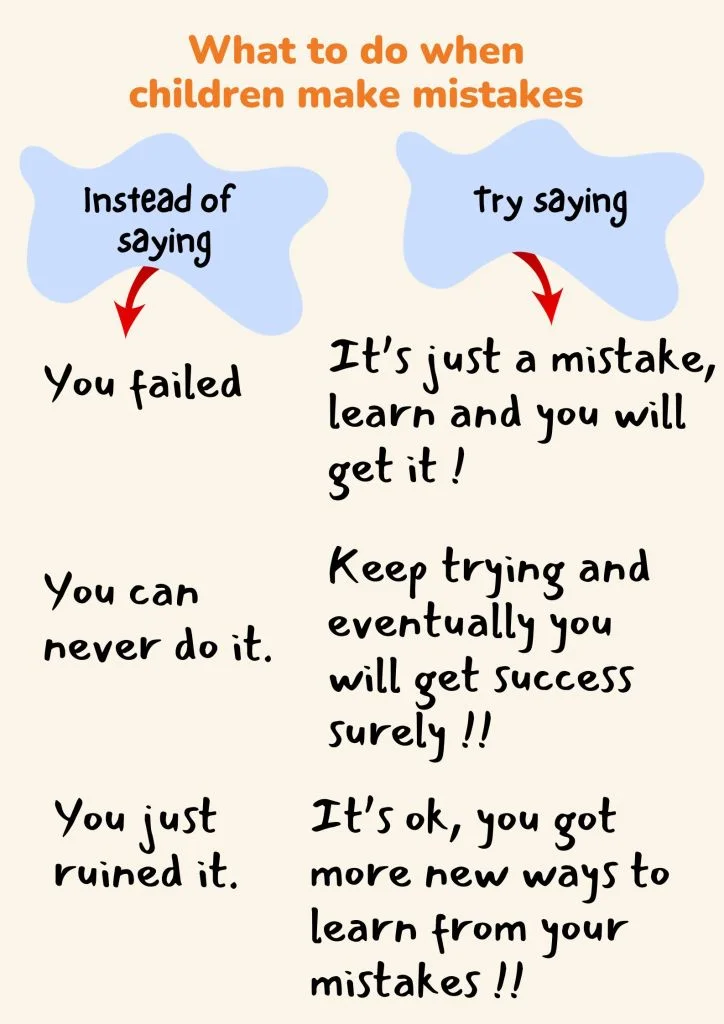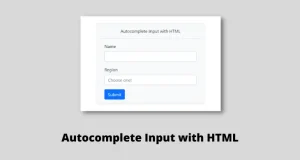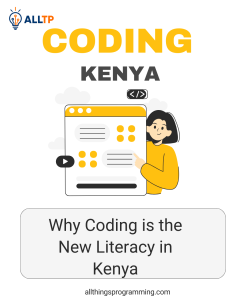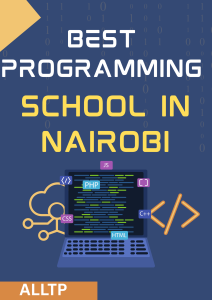In today’s fast-evolving digital world, coding has become a foundational skill, just like reading, writing, and arithmetic. As technology continues to shape nearly every industry, teaching kids how to code not only prepares them for future careers but also nurtures essential life skills like critical thinking, creativity, and problem-solving.
Parents play a vital role in nurturing this interest at home. Whether by introducing coding games, enrolling their child in Bootcamps, or simply encouraging exploration, parental involvement can significantly influence how a child perceives and progresses in tech learning.
Ready to get started with coding for kids? Give your child the best guidance and mentorship from the start. Enroll them in a beginner-friendly coding Bootcamp at All Things Programming, where learning meets creativity, fun, and future-ready skills.
However, even the most supportive parents can unintentionally make mistakes that hold their child back. From choosing the wrong tools to expecting overnight results, these common pitfalls can hinder both progress and enjoyment. Understanding and avoiding these missteps is key to making the coding journey fun, meaningful, and empowering for your child.
Common Mistakes Parents Make When Teaching Coding
1. Focusing Only on Syntax, Not Problem-Solving
Many parents, especially those new to coding themselves, fall into the trap of emphasizing syntax, the exact words, symbols, and punctuation used in programming languages. While syntax is important, it’s only a small part of what makes someone a good coder.
When children are taught to memorize commands without understanding why they’re used, they miss out on the deeper thinking behind coding. This approach can quickly lead to frustration and discourage creativity, as kids feel like they’re constantly getting things “wrong” when their code doesn’t run perfectly.
Instead of treating coding like spelling or grammar, shift the focus to problem-solving. Encourage your child to break down tasks, think logically, and find creative ways to solve challenges. Introduce fun, hands-on activities like building a simple game, animating a story, or using puzzle-based platforms like Scratch or Blockly. These projects highlight the real purpose of coding: using technology to create, explore, and solve problems.
By focusing on the thinking behind the code rather than just the syntax, you help your child build skills that will serve them in every area of life, not just programming.
2. Using Tools That Are Too Advanced (or Too Simple)
Choosing the right tools is just as important as teaching the right concepts. One common mistake parents make is introducing platforms or programming languages that are either too advanced or too basic for their child’s age and skill level.
For example, asking a 7-year-old to learn Python before they understand basic logic can be overwhelming and discouraging. On the flip side, using overly simplified or “babyish” coding games with older kids can feel boring or even insulting, leading them to lose interest.
That’s why it’s crucial to match tools with your child’s developmental stage. Younger children often thrive with visual programming platforms like Scratch, Blockly, or Code.org, where they can drag and drop code blocks to build games, animations, and stories. These platforms make abstract concepts more concrete, allowing kids to focus on logic and creativity before worrying about syntax.
As your child gains confidence, you can gradually introduce typed coding languages like JavaScript or Python. Think of it as learning to ride a bike with training wheels first. The goal is to build a strong foundation without overwhelming them too soon.
In the context of coding Kenya, where access to digital tools may vary widely, it’s especially important to choose age-appropriate platforms that are accessible both online and offline. Whether using unplugged coding activities in rural schools or browser-based coding games in urban centers, adapting the tools to fit the environment ensures every child can participate meaningfully in their coding journey.
Start where they are, not where you want them to be, and they’re more likely to stick with coding and enjoy the process.
3. Expecting Quick Mastery
It’s easy to get excited when your child writes their first line of code, but expecting them to become coding experts overnight can lead to frustration for both of you. One of the most common mistakes parents make is underestimating how long it takes to truly learn how to code.
Like learning a new language or mastering a musical instrument, coding requires time, practice, and plenty of trial and error. Struggles are part of the process, and every bug, failed project, or confusing error message is actually an opportunity to grow.
Instead of focusing on perfection, help your child develop a growth mindset, the belief that abilities can improve with effort. Celebrate progress, not just results. Remind them that even professional programmers make mistakes, and debugging is a normal (and important) part of the journey.
By encouraging patience and persistence, you help your child build resilience and confidence. These traits are not only essential for coding, they’re essential for life.
4. Not Letting Kids Make Mistakes
It’s natural for parents to want to help when they see their child stuck or frustrated. But one of the most valuable aspects of learning to code is making mistakes and figuring out how to fix them.
Jumping in too quickly to correct errors or solve problems for your child can actually do more harm than good. It sends the message that mistakes are bad or that they’re not capable of solving problems on their own. This can lead to dependency, reduced confidence, and a fear of trying new things.
Debugging, finding and fixing mistakes in code, isn’t just a technical skill. It teaches patience, attention to detail, and creative thinking. When children are given the space to struggle a little and work through errors, they develop true problem-solving abilities and become more independent learners.
Instead of giving answers right away, try asking guiding questions like:
- “What do you think the problem might be?”
- “What did you expect to happen, and what actually happened?”
- “How could you test a different solution?”
By letting your child take the lead, you empower them to build confidence and resilience, key qualities not just in coding but in life.
5. Making It a Chore Instead of a Passion
While it’s great to encourage kids to learn coding, turning it into a mandatory task or daily obligation can quickly drain the joy out of it. Just like forcing a child to play an instrument they’re not interested in, pushing coding too hard can lead to resistance, stress, or boredom.
A few signs your child might be losing interest include:
- Avoiding coding sessions or constantly getting distracted
- Complaining that it’s “too hard” or “not fun anymore”
- Only coding when they’re told to, never by choice
To avoid this, shift your approach from “must-do” to “want-to-do.” Find out what excites your child, whether it’s games, animation, art, stories, or robots and use coding as a tool to bring their interests to life. Platforms like Scratch let kids design their own characters and stories. Others, like Tynker or CodeCombat, teach coding through interactive games.
The key is to keep it playful, creative, and child-led. Let them explore, experiment, and take ownership of their projects. When coding becomes a way to express their imagination instead of just another subject to study, that’s when the magic really happens.
6. Failing to Learn Alongside Their Child
You don’t need to be a tech expert to support your child in learning to code, but showing genuine interest goes a long way. One mistake parents often make is stepping back too much, assuming that coding is a solo or “kid-only” activity. But kids quickly notice when parents aren’t engaged, and it can affect their motivation and confidence.
When you learn alongside your child or even just ask questions and show curiosity, you send a powerful message: “What you’re doing matters.” It also gives them the confidence to explain concepts, celebrate wins, and feel proud of their progress.
Co-learning doesn’t mean you need to master programming languages. It could be as simple as sitting beside your child during a coding project, watching a tutorial together, or playing a coding game as a team. There are many beginner-friendly resources for parents, including:
- Free platforms like Code.org, Scratch, and CS First by Google
- YouTube channels like Coding for Kids, FreeCodeCamp, or Khan Academy
- Local or online Bootcamps that offer coding classes for both kids and parents
By staying involved and learning with your child, you create a shared experience that builds connection and strengthens their enthusiasm for tech.
7. Ignoring Offline Coding Opportunities
In the rush to get kids coding, many parents focus entirely on screens, apps, games, and online platforms, without realizing that powerful learning can also happen away from devices. Over-reliance on screens can lead to fatigue, distraction, or burnout, especially for younger children who may already spend a lot of time online for school or entertainment.
The good news is that offline (unplugged) activities can be just as effective in teaching the foundations of coding. These activities help build computational thinking, like sequencing, pattern recognition, and problem-solving, without the need for a computer.
Here are a few fun and educational offline options:
- Coding board games like Robot Turtles, Code Master, or ThinkFun’s Hacker
- Logic puzzles and brain teasers that develop algorithmic thinking
- Storytelling games where kids organize actions into a logical sequence, mimicking how code runs step-by-step
- DIY activities like creating flowcharts, drawing maze-solving instructions, or using colored cards to “program” a parent or sibling to move in a certain way
These hands-on activities not only break up screen time but also make coding feel more tangible and playful. Plus, they encourage family participation and spark curiosity in a low-pressure setting.
For inspiration and ready-to-use unplugged activities, check out this curated list of screen-free coding activities by STEM Education Guide. These activities are ideal for parents and educators looking to introduce computational thinking in a playful, offline environment—perfect for use at home or in classrooms across Kenya
8. Not Celebrating Progress and Milestones
Learning to code is a journey filled with trial and error, small breakthroughs, and steady progress. But when parents focus only on big achievements, like completing a full game or mastering a language, they risk overlooking the smaller, equally important milestones that keep kids motivated along the way.
Children thrive on encouragement. A simple “Wow, you fixed that bug all by yourself!” or “That animation looks awesome!” can go a long way in building confidence and excitement. These moments remind kids that they’re growing, even when the progress feels slow.
Celebrate every step, no matter how small:
- Finishing a basic project
- Solving a problem independently
- Learning a new coding concept
- Showing creativity in their work
You can also use fun rewards like digital badges, coding certificates, or even a “demo day” where your child presents their project to friends or family. Some parents create a shared online portfolio or blog to showcase their child’s work over time.
By recognizing and celebrating growth, you help your child stay engaged, feel proud, and see coding in Kenya as something they can succeed at, not just something they have to struggle through.
Conclusion
Teaching kids to code is one of the most valuable investments you can make in their future, but it’s not always a straight or simple path. As a parent, your support, encouragement, and mindset play a crucial role in shaping how your child experiences coding.
While it’s easy to fall into common traps, like focusing too much on syntax, rushing progress, or choosing the wrong tools, these mistakes are all part of the learning process for both you and your child. The good news? With a little patience, curiosity, and flexibility, you can create a coding environment that’s fun, empowering, and built for long-term growth.
Celebrate small wins. Let your child explore and fail safely. Stay involved, and most importantly, make it joyful. When coding becomes a creative adventure instead of a chore, you’ll not only nurture a valuable skill but also unlock your child’s confidence as a thinker, builder, and problem-solver in the digital age.
Ready to begin the journey? Start with coding for beginners and choose tools and activities that match your child’s age and interests. Whether you’re exploring coding apps, printable exercises, or beginner bootcamps, every step counts. Visit [All Things Programming] to discover beginner-friendly resources that turn curiosity into coding confidence.




